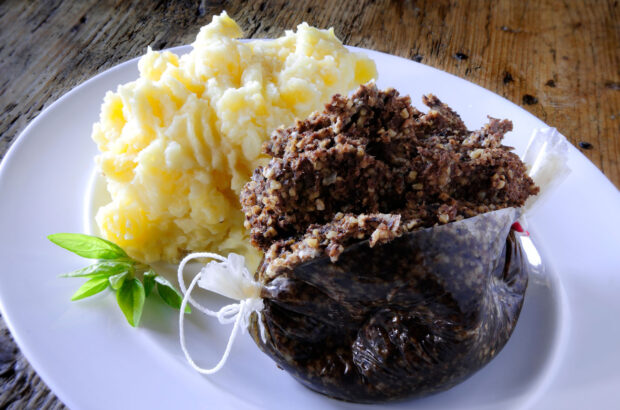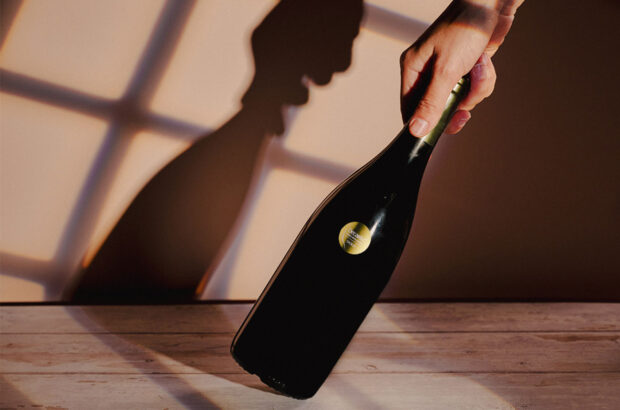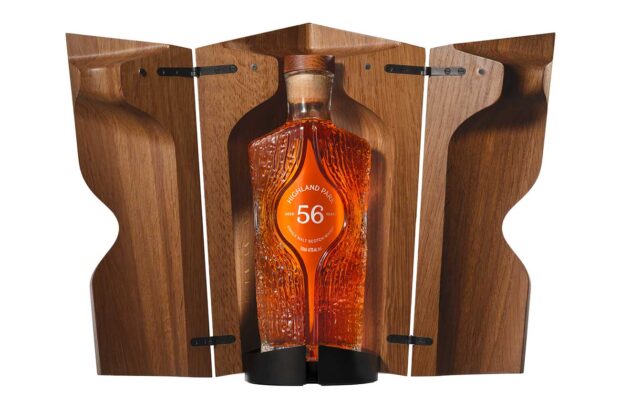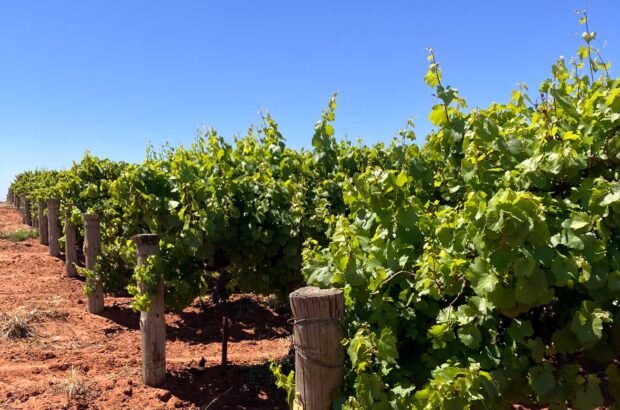Moon Mountain, in Sonoma, was established as an AVA on 1st November 2013, with hillside vineyards and volcanic soils. Cathy Hughe picks out some key producers.
Of the 607ha (hectares) under vine in the Moon Mountain AVA, Phil Coturri farms one-third of them. Though he is loyal to the broader Sonoma Valley appellation, his heart is on the mountain. ‘I’m a mountain guy,’ he said. ‘I want hillside vineyards, and steep slopes, and drainage.’
That gets Coturri – and the AVA – above the fog line to a warmer climate that enables complete ripeness in the AVA’s Bordeaux varieties, along with Zinfandel and Grenache. Acidity levels stay consistent without the Valley’s wide fluctuation in temperature, and the soils themselves convey an enhanced minerality, since in some places the vines are growing literally on crushed rock.
All of Moon Mountain’s soils are volcanic in nature and origin, says Michael McNeill, winemaker at Hanzell Vineyards, whose Ambassadors 1953 Vineyard is the oldest Pinot Noir vineyard in North America.
Christine Hanna of Hanna Winery & Vineyards, another of Moon Mountain’s iconic producers, believes that the most important part of the Moon Mountain designation is the word mountain in the name. ‘Consider having a vineyard at upwards of 730m above sea level and having to put Sonoma Valley on the label,’ she said. ‘The whole philosophy behind the AVA is to indicate a special growing area.’
Organisers are still in the process of collating data, but so far they know that 80% of what’s planted on Moon Mountain is red, and 80% of that is Bordeaux grapes (especially Cabernet Sauvignon) and Zinfandel.
An exception to that is Hanzell, which is known for its Chardonnay and Pinot Noir. It’s at the southwestern edge of the appellation, which sees cooler temperatures with more coastal influence, plus the site has an unusually high percentage of clay soils, which means Hanzell can dry farm.
Chardonnay isn’t the only white grape grown on Moon Mountain. Hanna has planted 900 vines of Riesling – ‘a tiny, spectacular project’, Christine Hanna says – and Morgan Twain-Peterson of Bedrock Wine Co is growing 1.6ha of Gewürztraminer that, in Coturri’s opinion, ‘shows why Moon Mountain deserves to be an AVA’.







